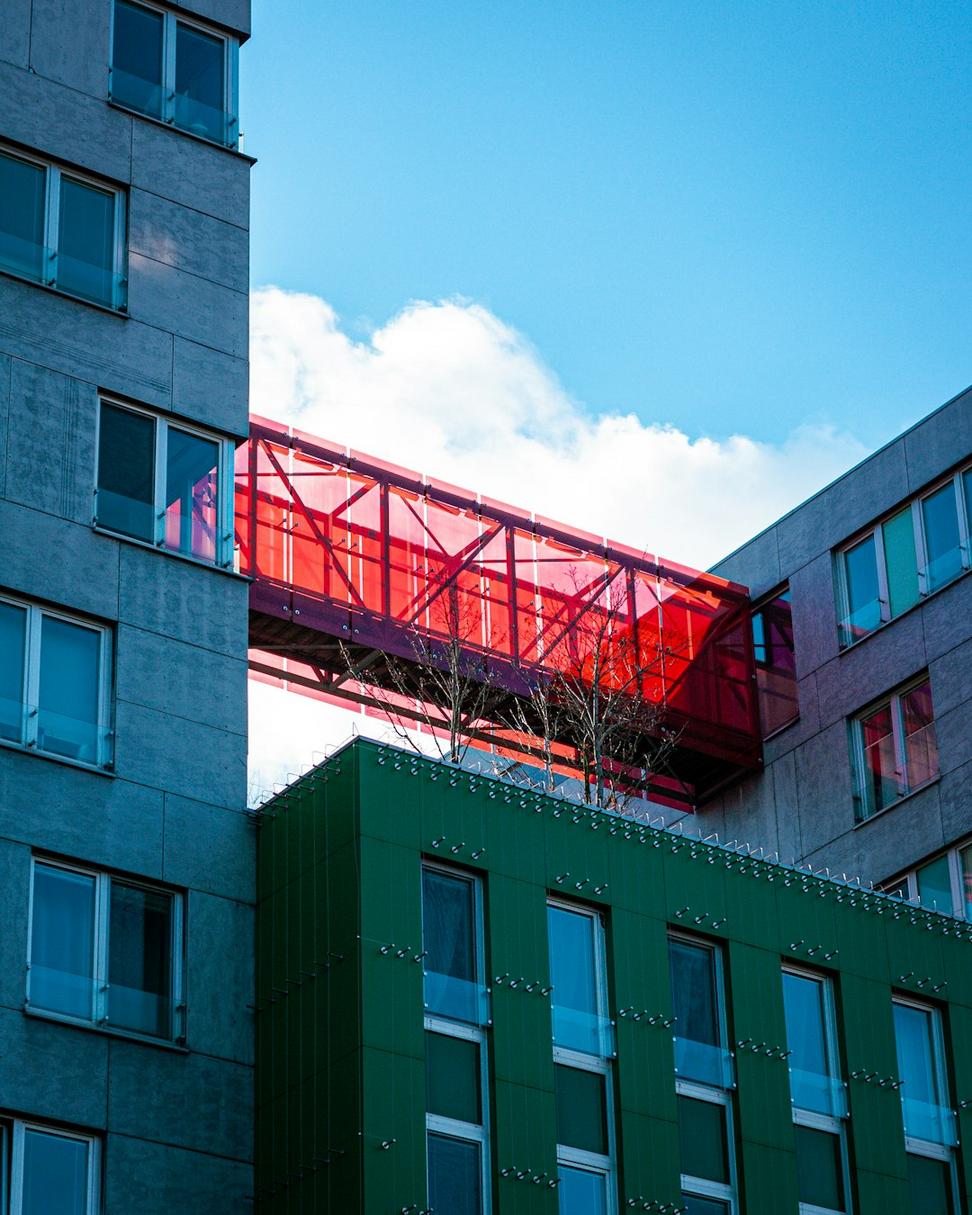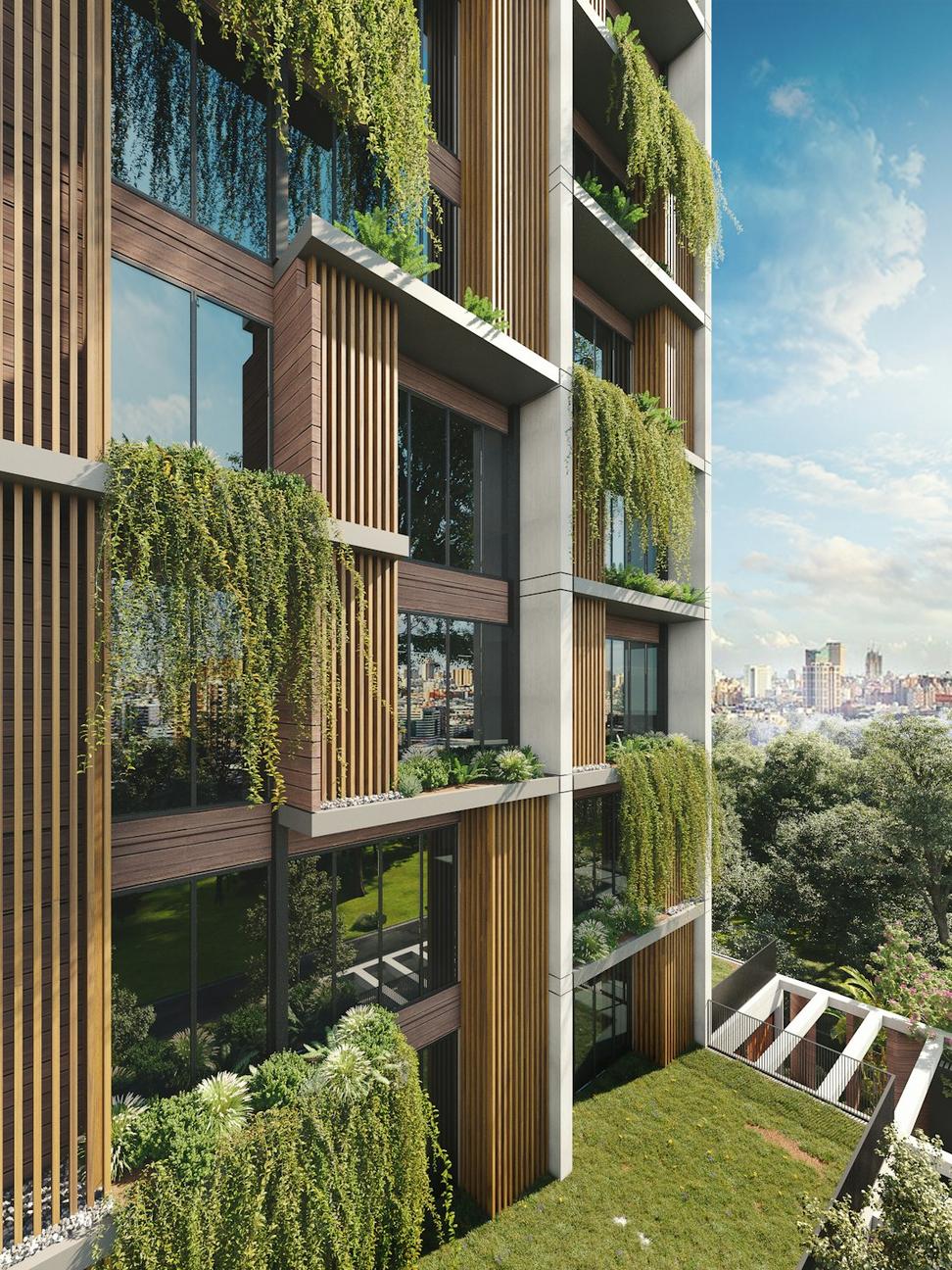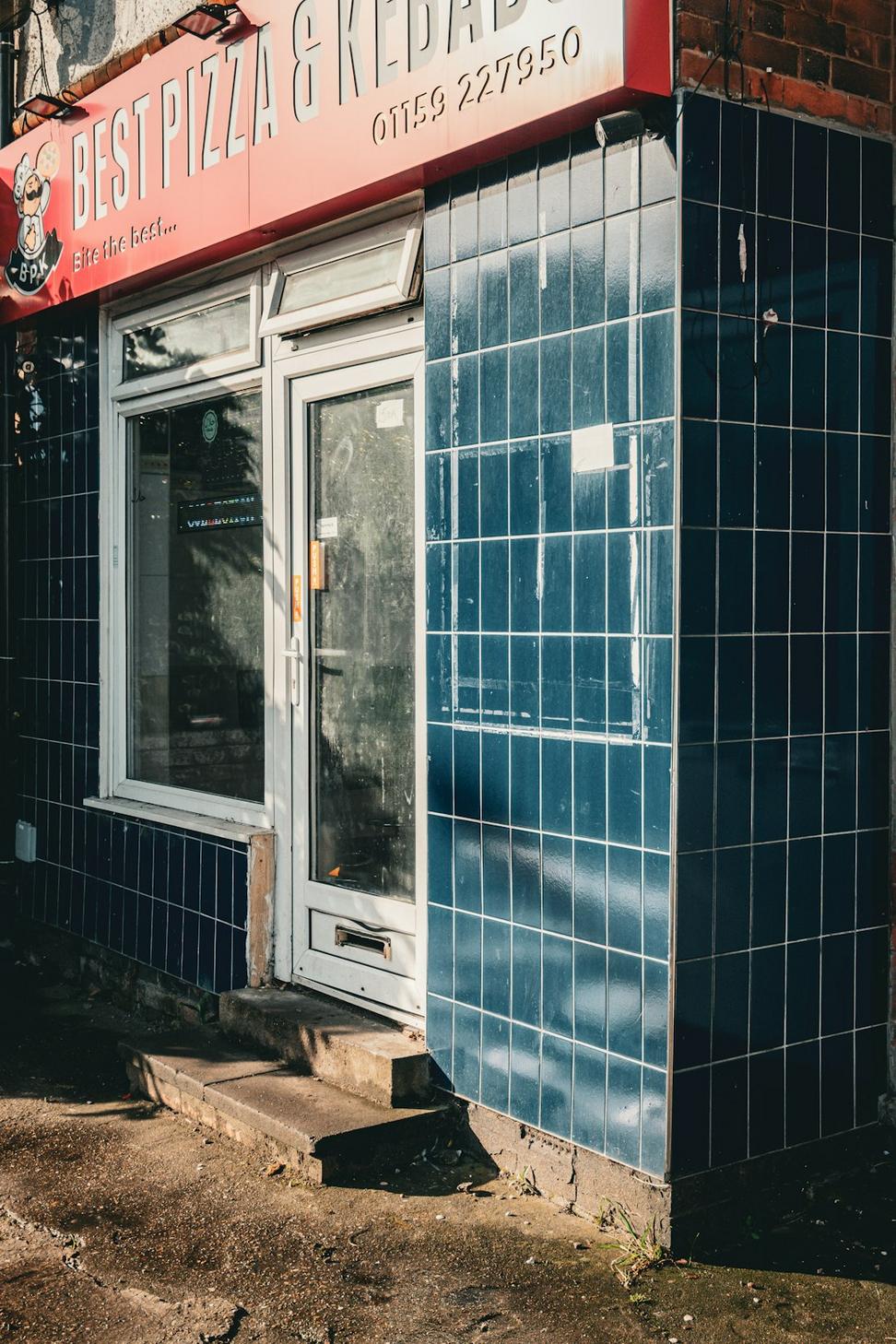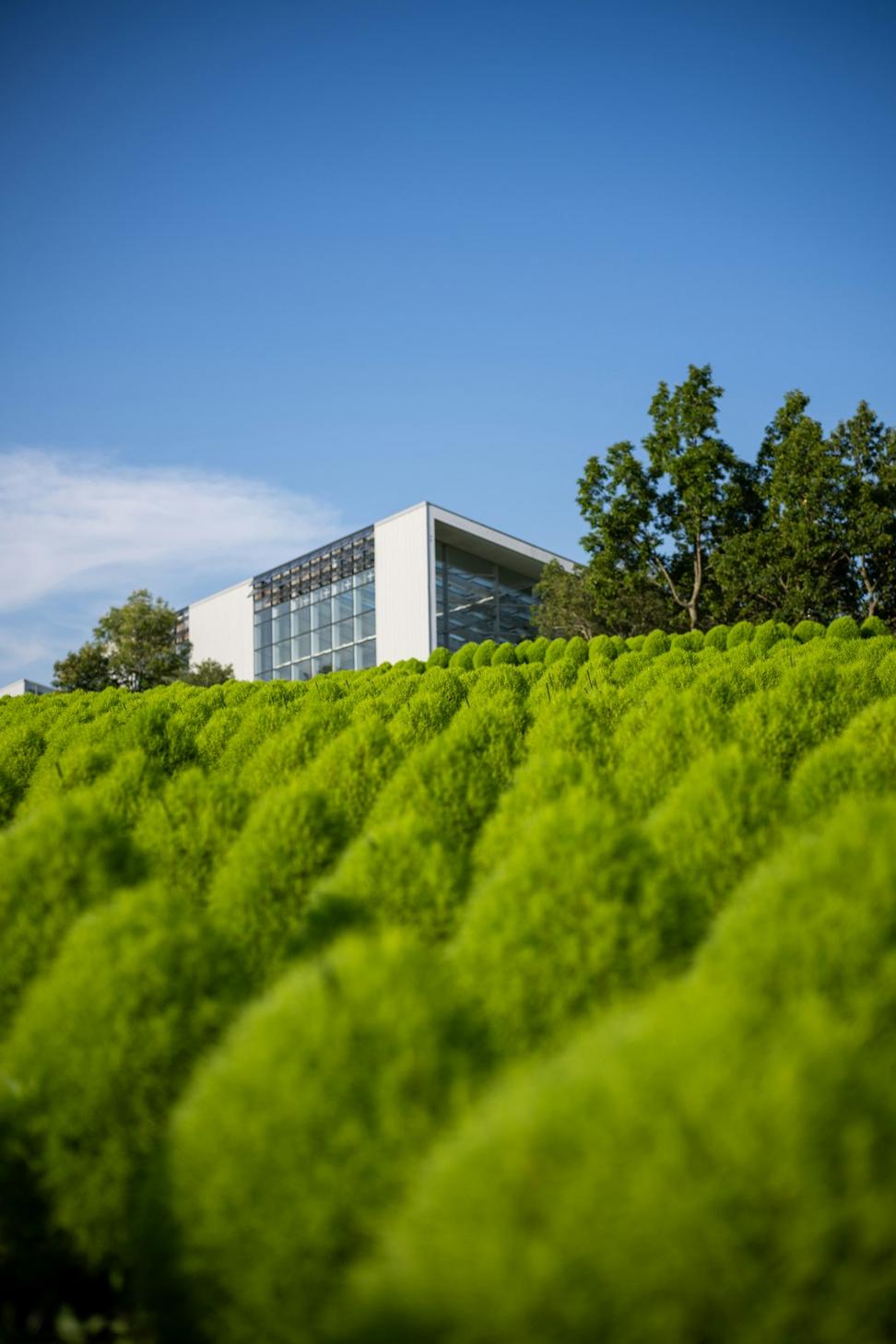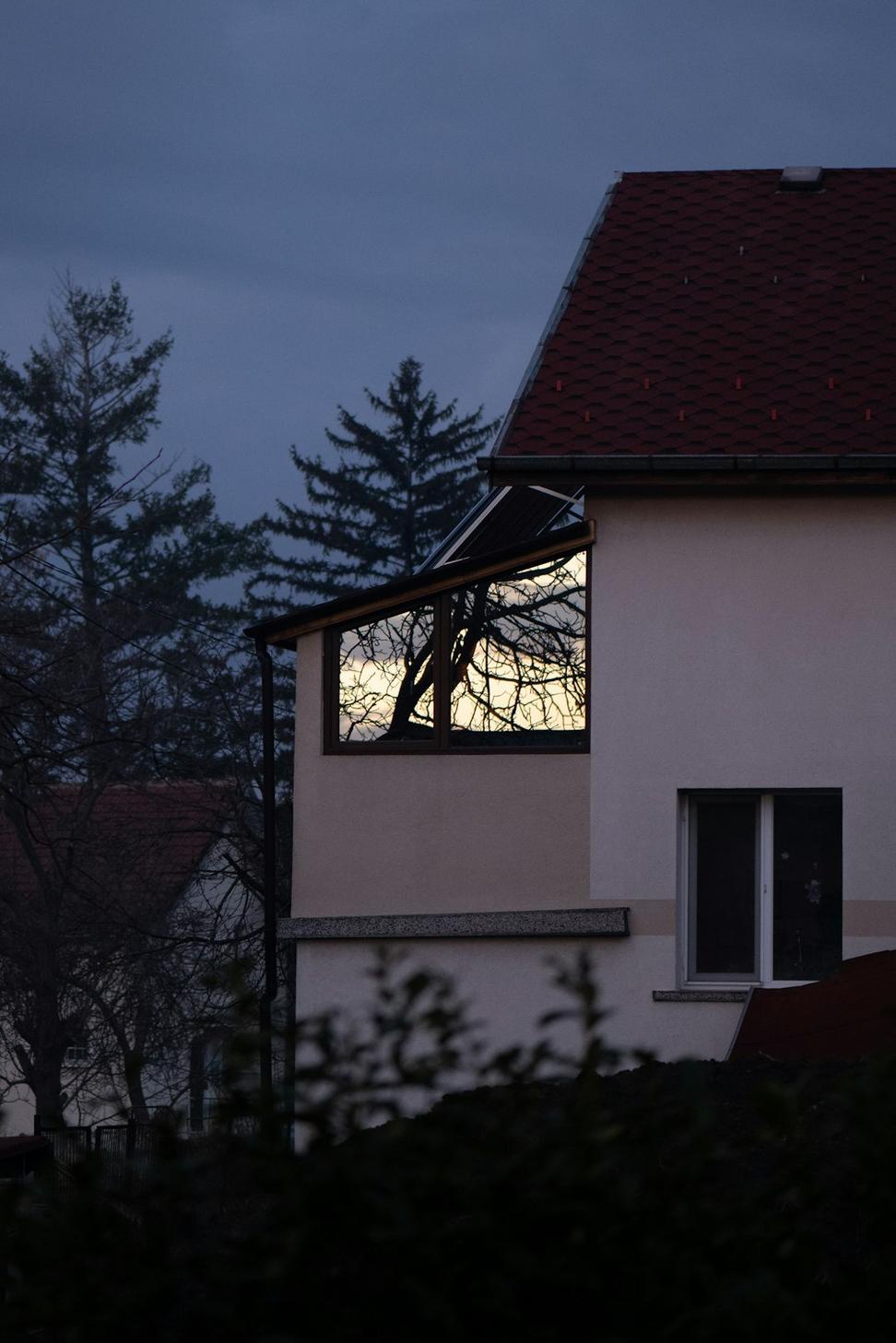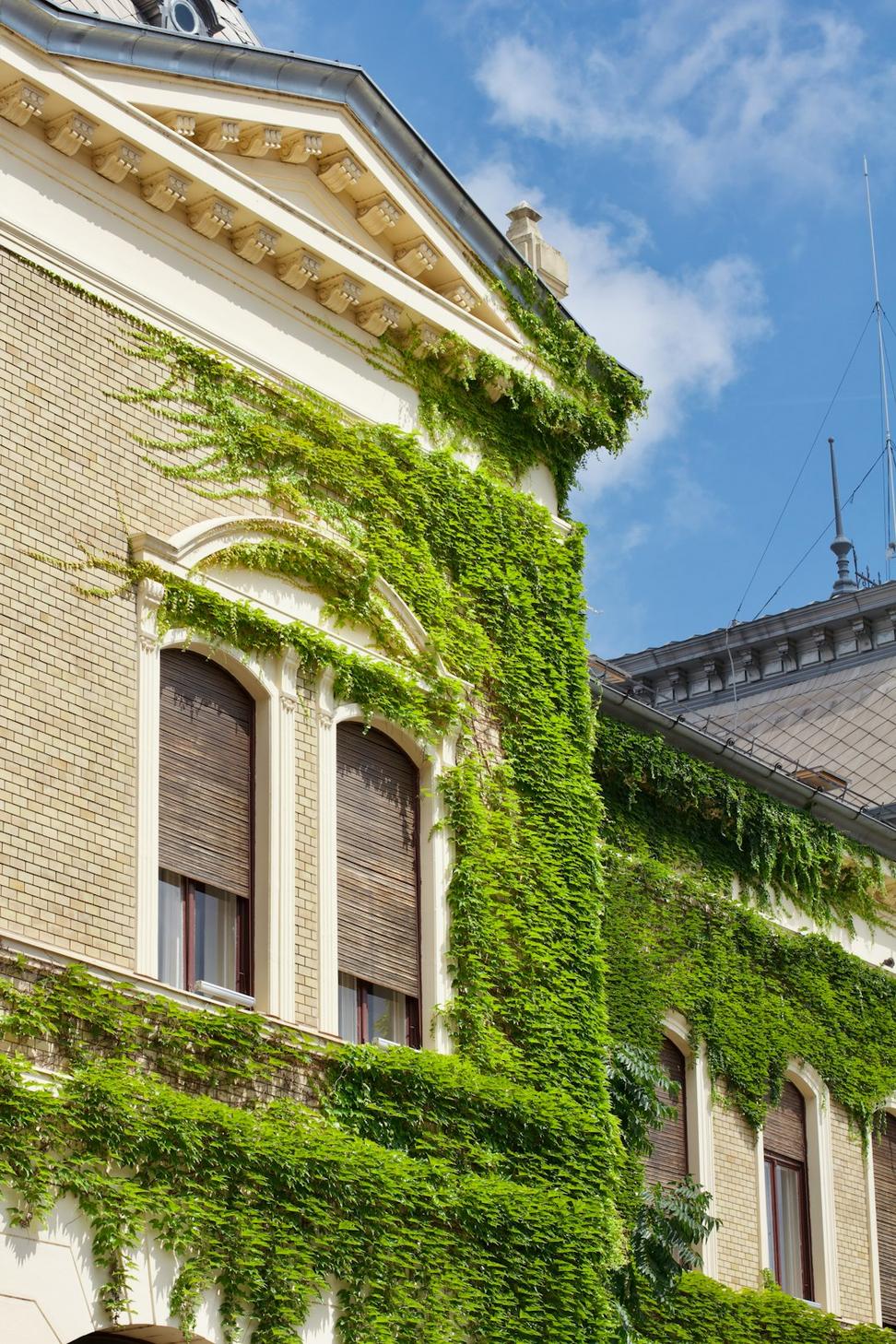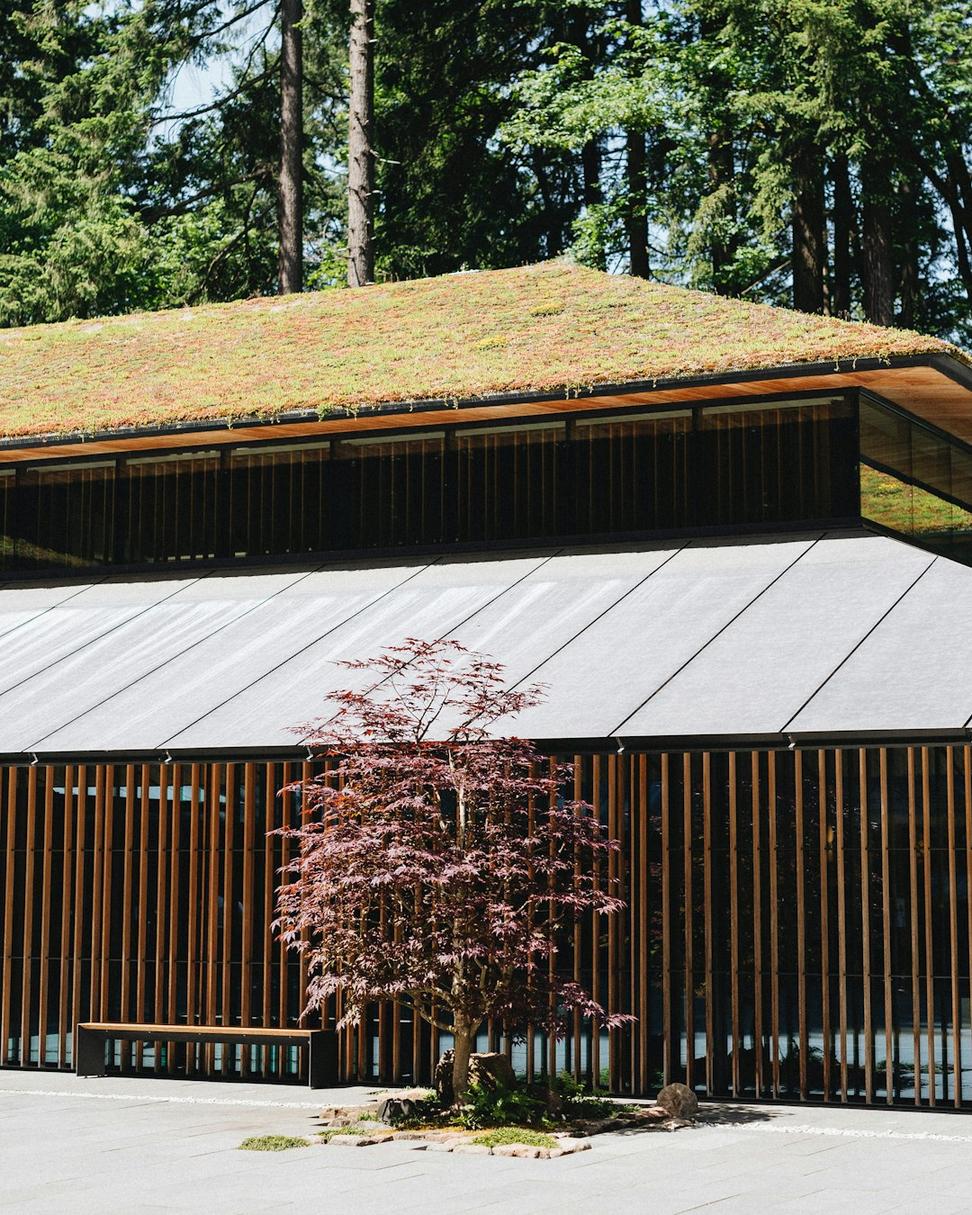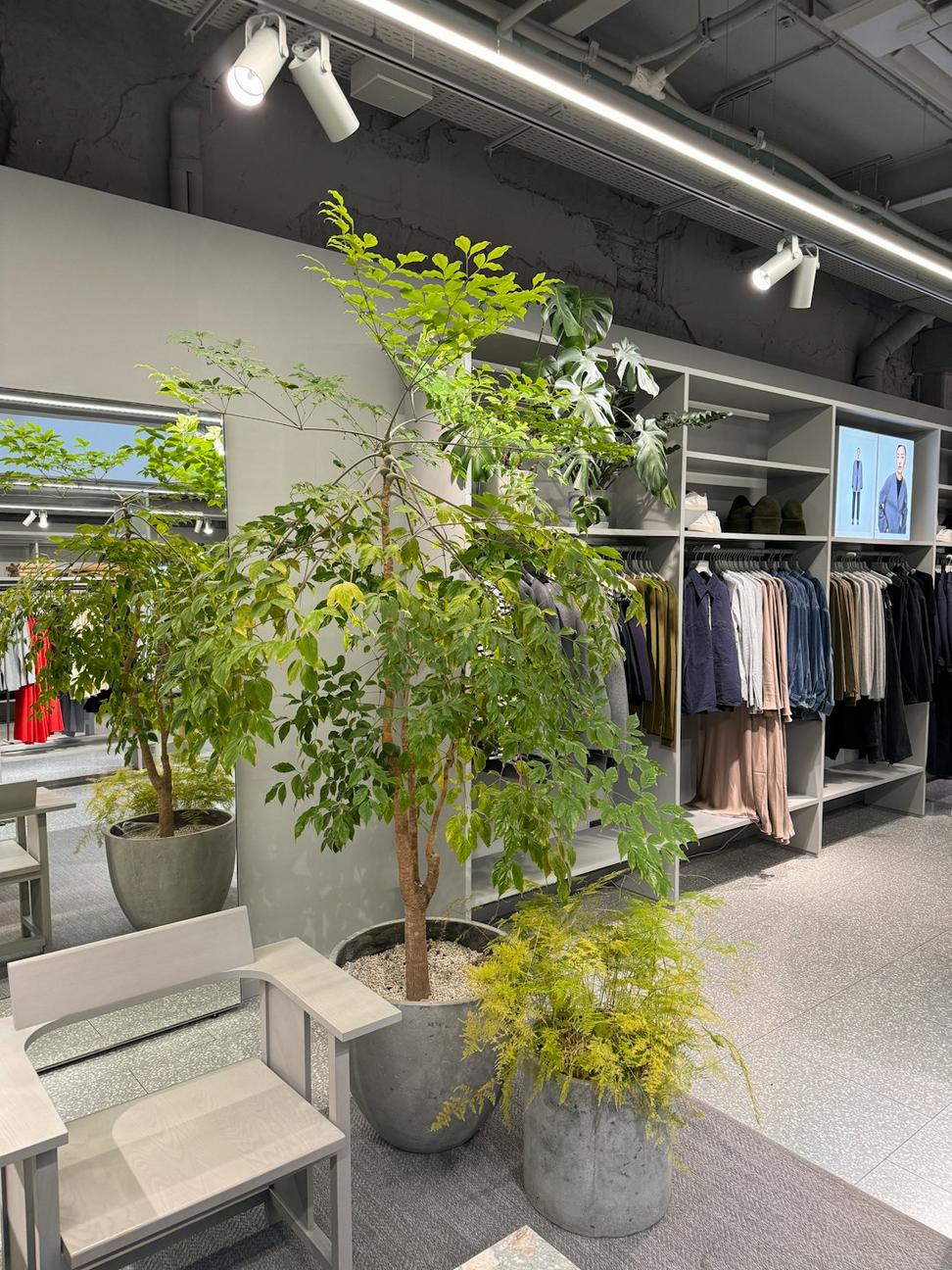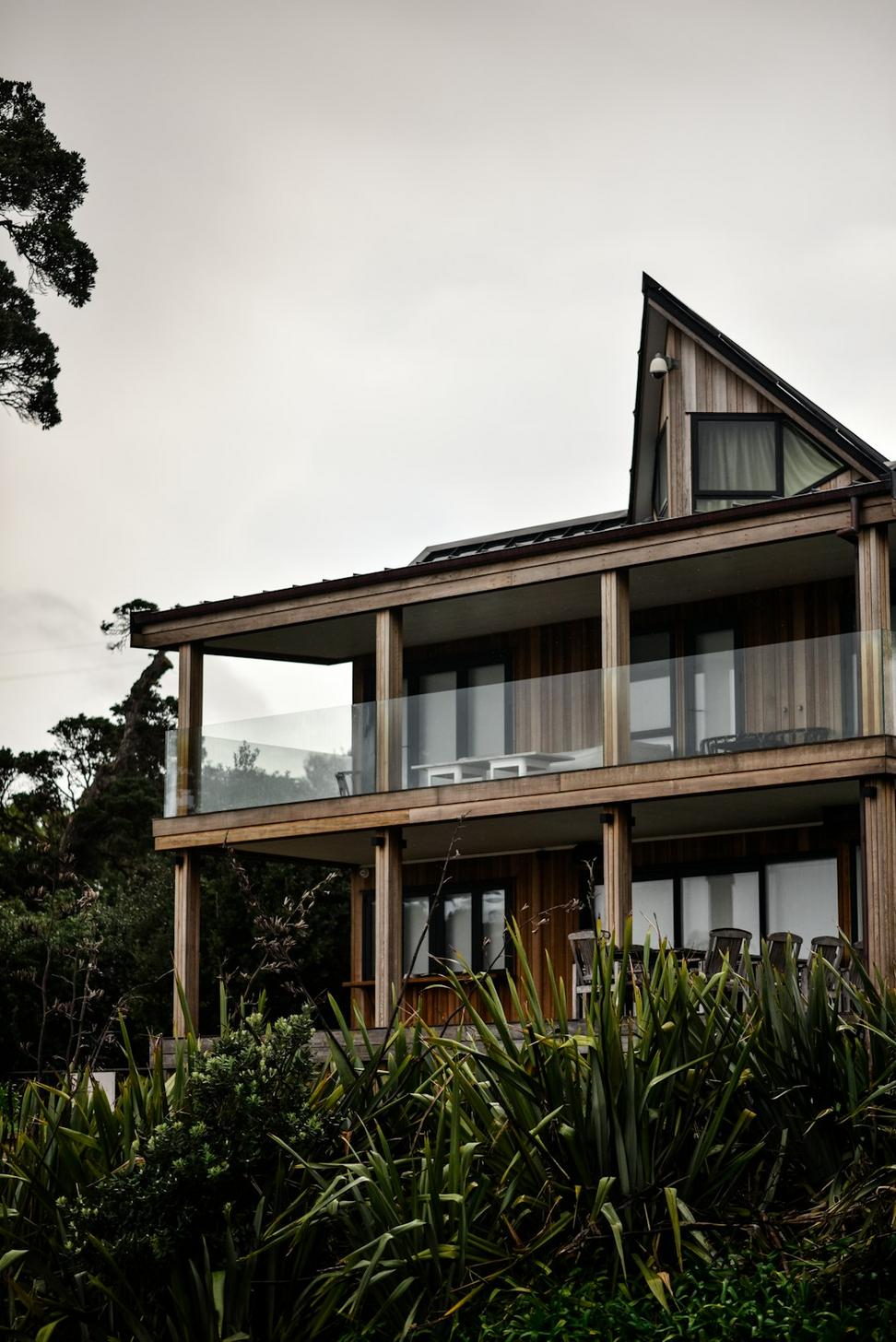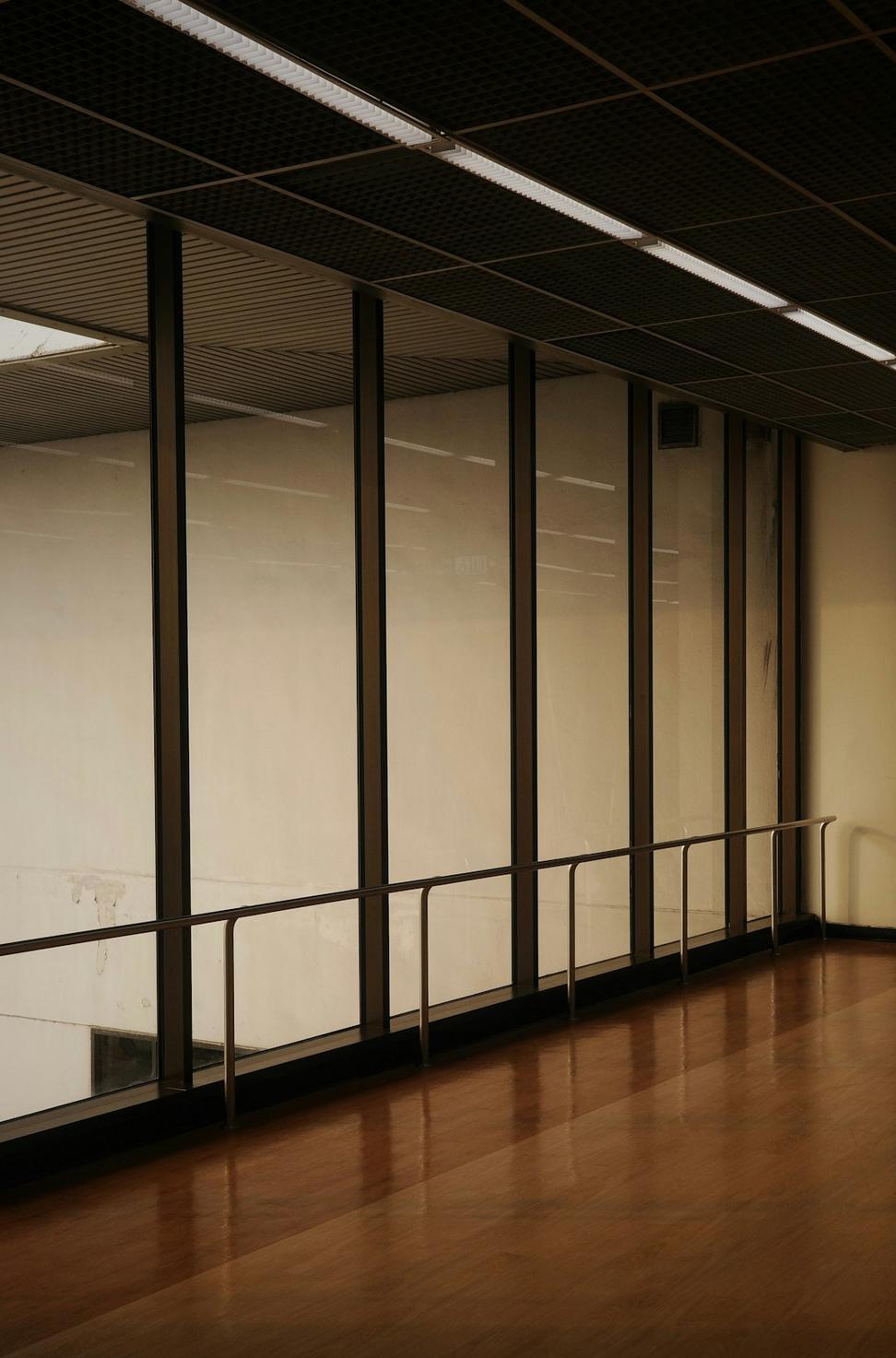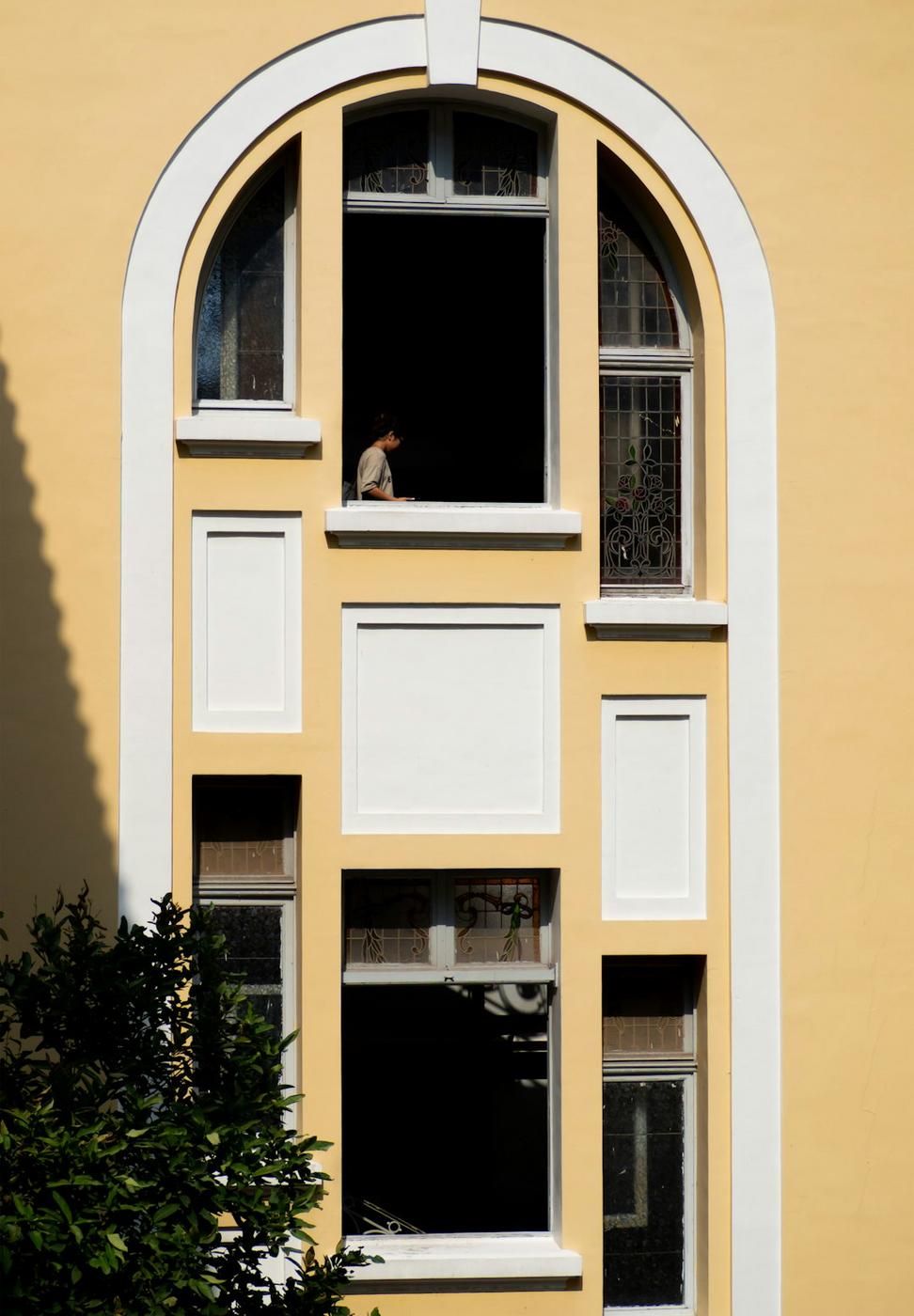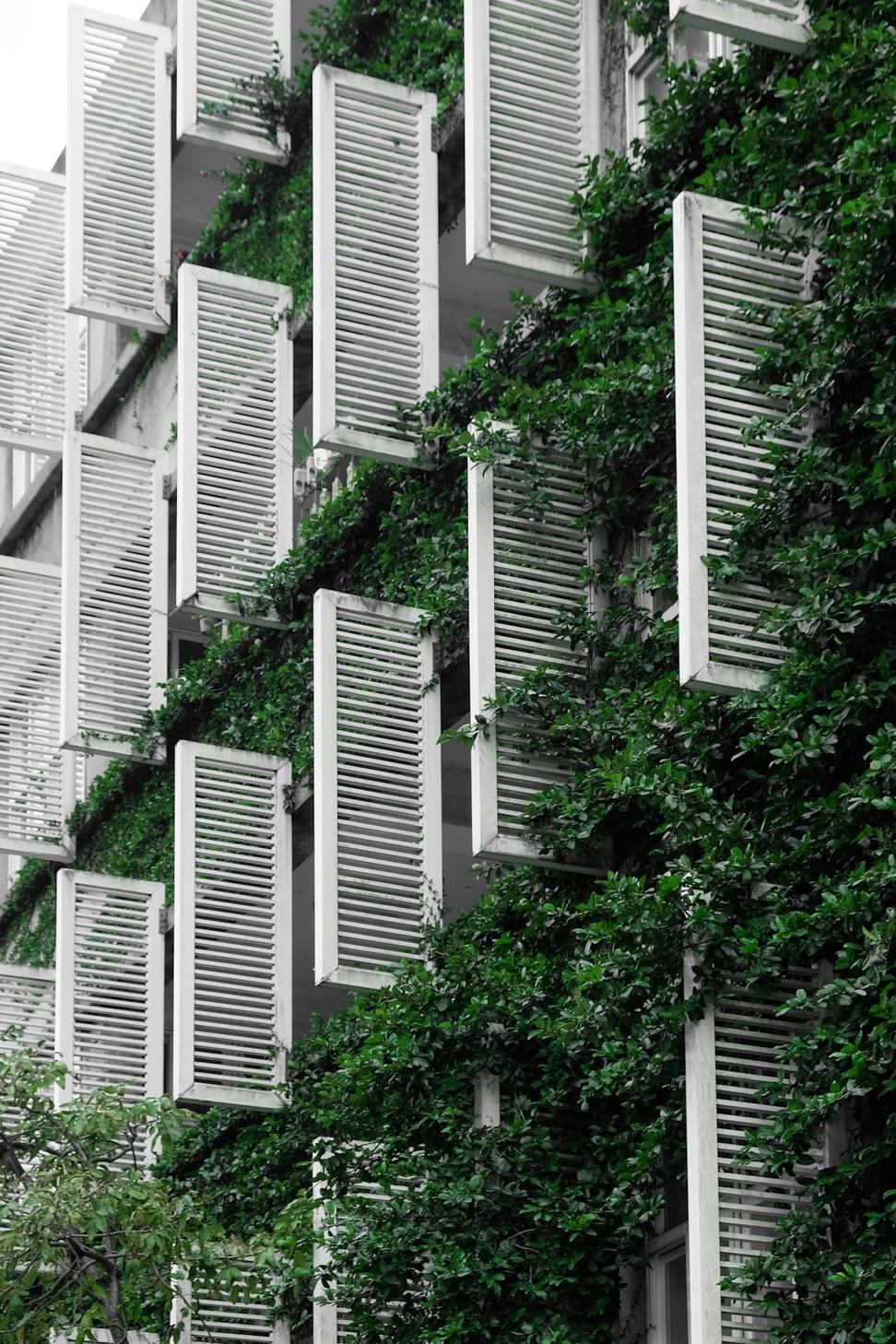Building Better, Not Just Bigger
Look, we're not gonna preach about saving the planet while designing massive energy-sucking buildings. That'd be pretty hypocritical, right? Every project we touch has sustainability baked into its DNA from day one. It's not an add-on or a fancy certification to wave around – it's literally how we think.
We've spent years figuring out how to make buildings that work with nature instead of against it. And honestly? It just makes sense.
